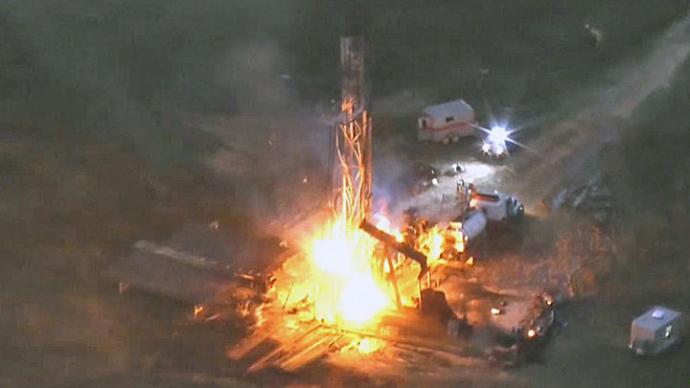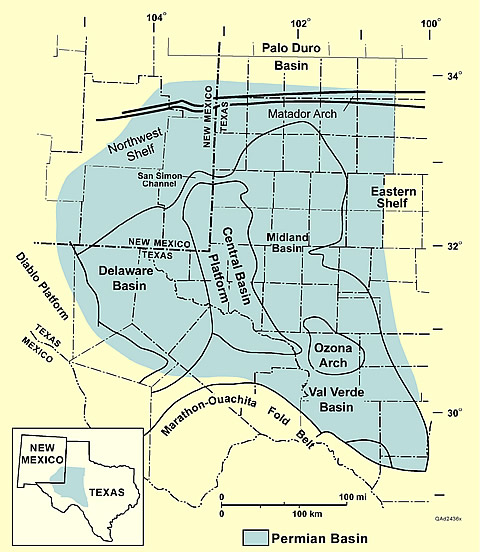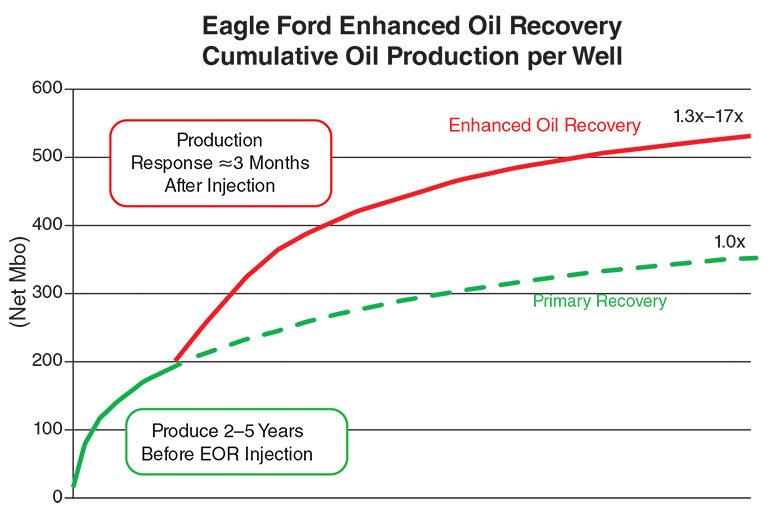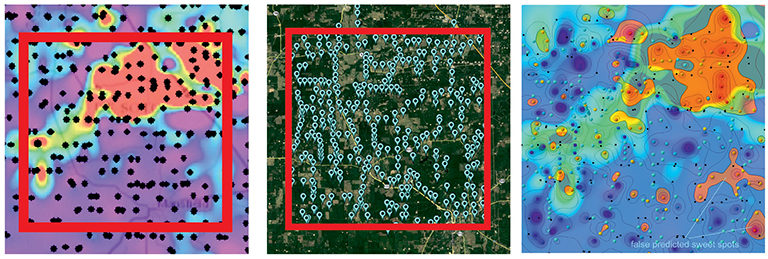The oil and gas industry has always been cyclical. Always has been and no doubt always will be. $20 per barrel oil is not new. Just during my career, there have been three substantial downturns in oil prices prior to the one we are experiencing today. These happened in approximately 1970, the mid-1980s, in the late 1990s. Each downturn was followed by a tremendous uptick in prices.
Keep in mind that the current issues facing the oil industry are not from a single cause. In a sense, the industry is facing a multiple whammy. First, our country was experiencing a substantial oversupply of oil going into the current situation. Many oil companies continued to produce, despite the oversupply, because increased production resulted in higher stock prices which in turn resulted in higher bonus for officers of the oil company. To this extent, some oil companies have brought this situation upon themselves. Secondly, the production war between Russia and Saudi Arabia exacerbated the oversupply and helped drive the price of oil down. Third, as the price of oil declined, the value of individual oil company’s reservoirs declined. In the cases where reserves were used as collateral for loans, the bank would then require either repayment of at least a portion of the loan or new collateral for the loan. Oil companies that cannot comply default and/or file bankruptcy. Fourth, the covid 19 virus creates staffing issues for oil companies, both in their offices and in the field. Fifth, shelter in place orders have resulted in drastically reduced demand for oil and gas. Finally, all of these factors make lenders and investors very nervous and so new money for exploration, production and pipelines is becoming more scarce.
There has been a lot of discussion in the industry about the appropriate response to these factors. Some have suggested the imposition of tariffs on imported oil. Others have suggested direct federal assistance to oil companies. Unfortunately, there is no consensus in the industry on what solution might help, or even as to whether any solution is called for. The smaller independent companies appear to prefer some kind of federal assistance. On the other hand, it appears that many of the large oil companies, who are better equipped to weather the storm, would prefer to let the downturn play out and then gobble up the smaller independent oil companies who can no longer stay in business. There are others who fear that government assistance now means government overregulation in the future. Anyone who remembers the draconian and impossibly complex oil allocation and pricing regulations of the Carter Administration knows just how uneconomic and illogical government regulation can be.
 Texas Oil and Gas Attorney Blog
Texas Oil and Gas Attorney Blog






